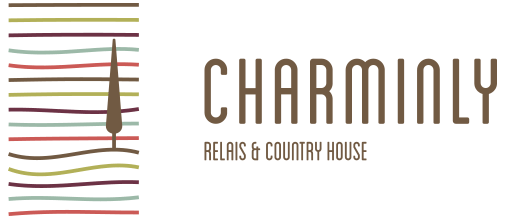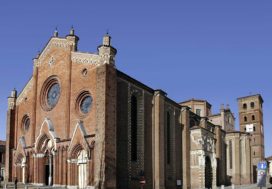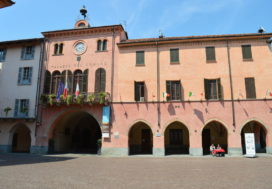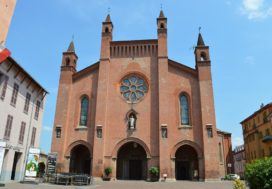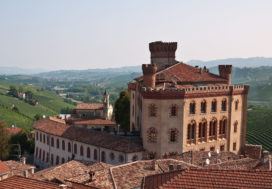La Morra
La Morra is located in Piedmont, in the district of Cuneo. Its origins are unknown , and in June 2014, UNESCO stated it as World Heritage Site.
Renowned worldwide thanks to the production of the famous Barolo, La Morra is about to be a more and more appreciated destination to many tourists attracted for both its famous wine and its interesting architectonical and artistic riches. In its history, it belonged to the Falletti family in 1340, and later – in 1435, the Duchy of Milan acquired it.
After the French and Spanish domination, it belonged to the Savoy family in 1631. Of particular value is its bell tower (1710), the Parsonage of San Martino, the Church of the San Rocco’s Brotherhood and the eighteenth-century Town Hall.
Other must-sees are the Church of the San Sebastiano’s Brotherhood and the Falletti-Cordero Palace, while in the southern area of La Morra one can admire the walls and the bastions dating from the Middle Ages. On the other hand, the bronze monument dedicated to the Italian wine-maker testifies the strong bound between La Morra and its wonderful territory.
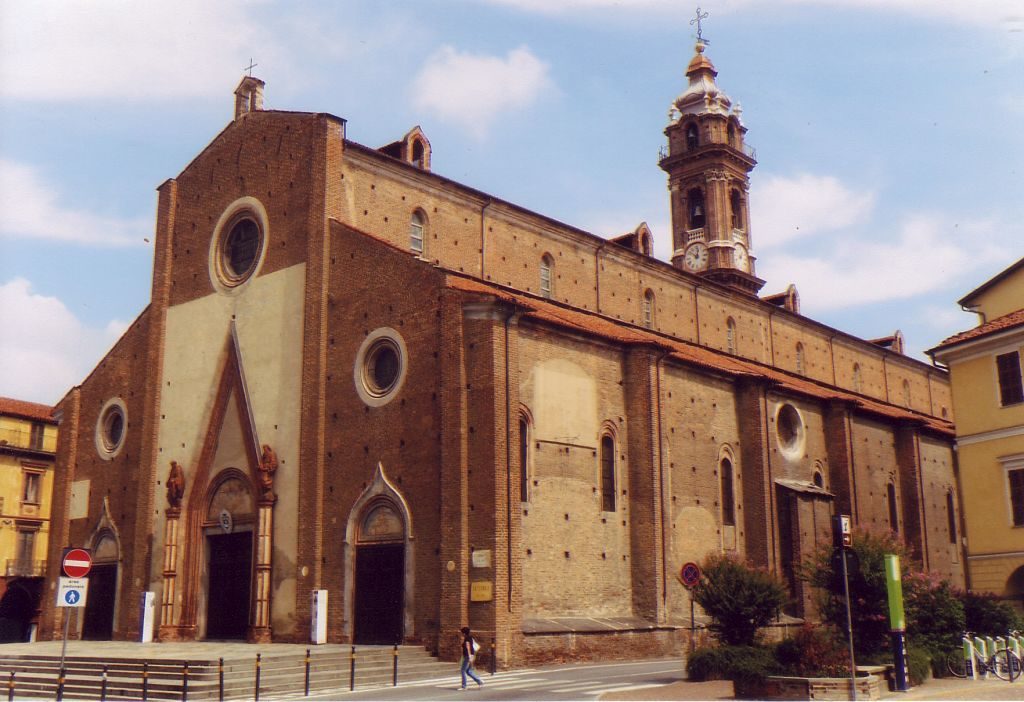
Saluzzo Cathedral
Saluzzo
The beautiful town of Saluzzo, also in the district of Cuneo, represents, from a cultural and historic point of view, an incredible and marvellous depiction of what medieval Piedmontese architecture might look like.
Still today, Saluzzo, homeland of many personalities such as Silvio Pellico, encloses within its prestigious walls various testimonies of its rich and noble past, justifying the relevant title of City of Art.
Amongst its notable marvels there are the Duomo, entitled to Maria Vergine Assunta, which stands out for its late-gothic architecture, the Church of San Giovanni, which is located harmoniously within the ancient medieval hamlet, and La Castiglia, an ancient fortified mansion, which belonged to the Marquees of Saluzzo. Of particular interest is the city tower, merged into the imposing size of the Town Hall.


